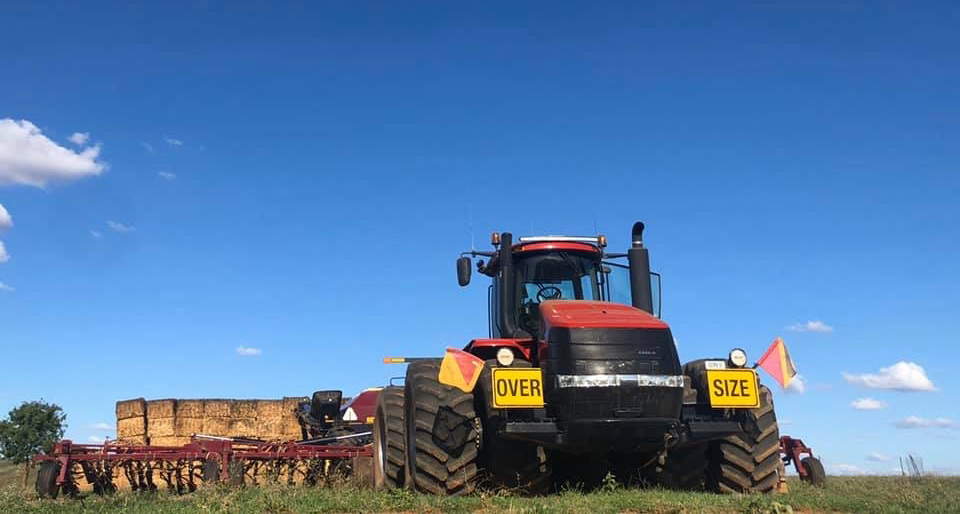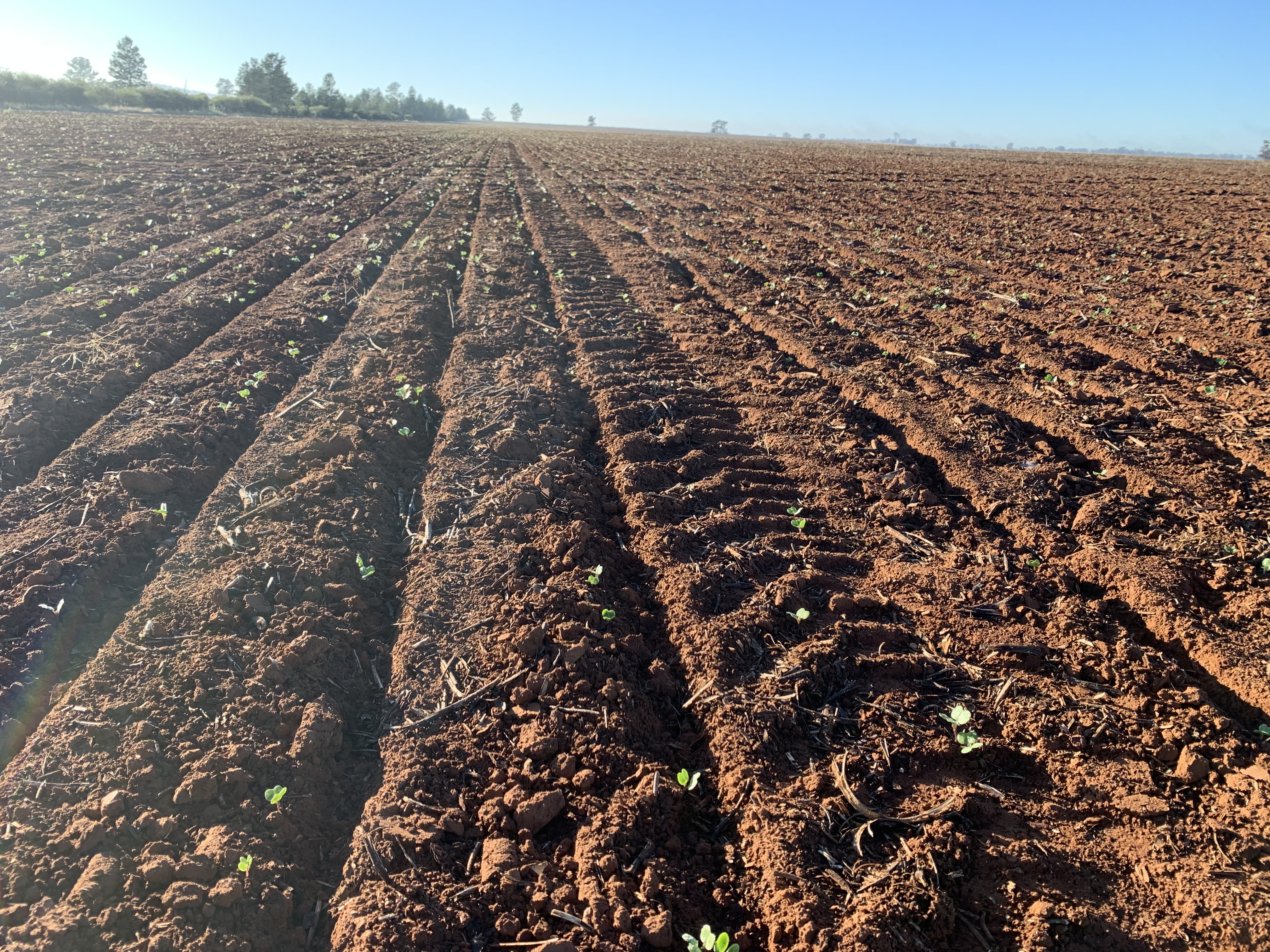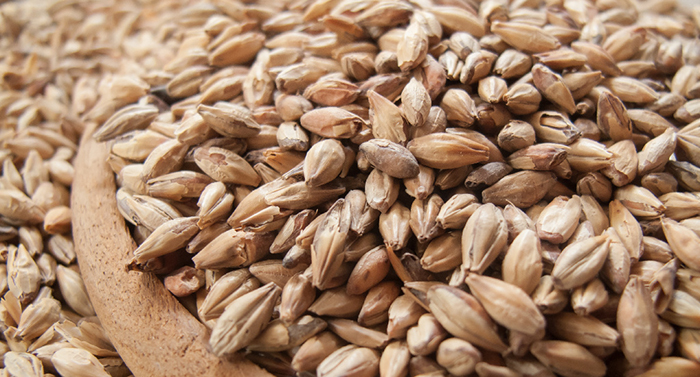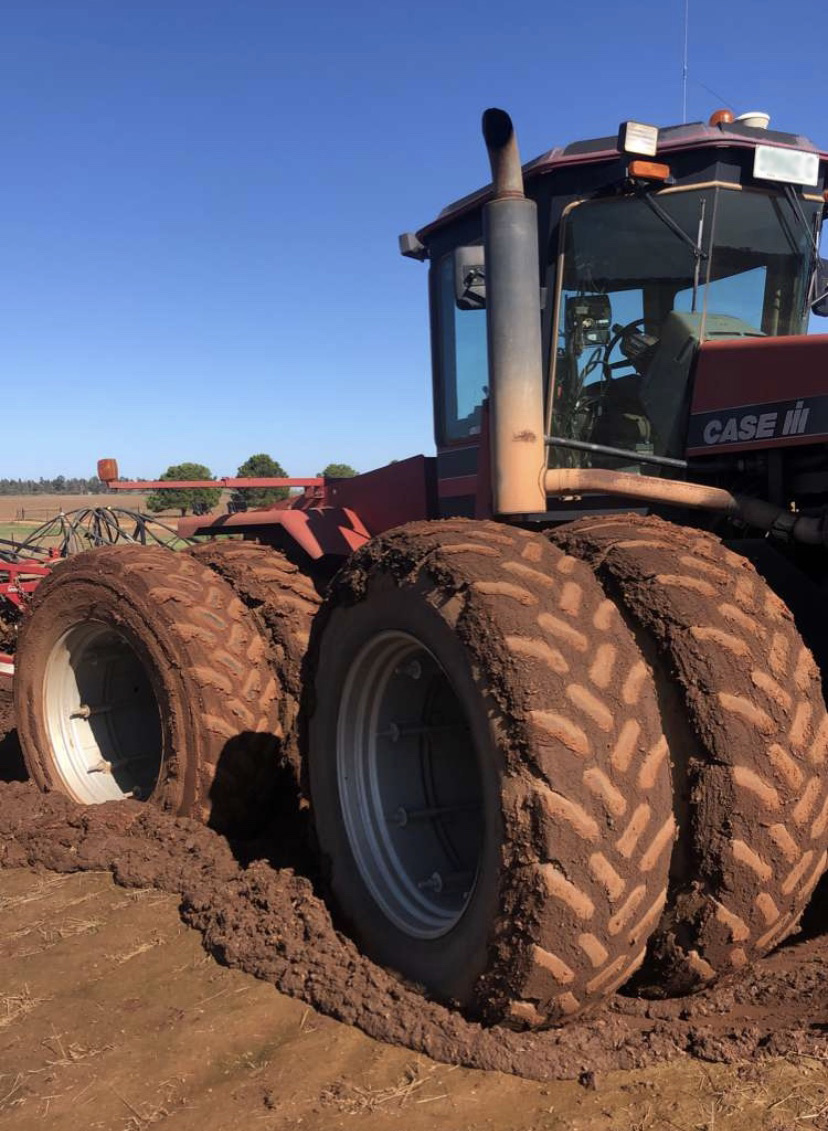Winter hits and Australian farmers ponder
By Angus Groves
As harvest gathers pace in the Northern Hemisphere, the world will eagerly awaits the results of a dry finish through major exporting nations. Russia’s Institute for Agricultural Market Studies (IKAR), which is the leading forecasting agency throughout the Black Sea, has lowered its wheat forecast to 75.6Mmt for this year. This number is still ahead of last year’s crop size, but when forecasters had the Russian crop pegged higher than 80Mmt only weeks ago, this change could be a blessing for many Australian farmers.
Back on home soil, planting is all but wrapped up across the country with many farmers now getting back into the office to plan their fertiliser, spraying and marketing programs for the rest of the season.
Most are confident that there will be a fertiliser broadcast before the next shower of rain, and many would be up to date on their spray programs so far, but what to do on our grain marketing program?
There are many questions that must be answered before we begin any forward sales of grains or oilseeds as we head into winter.
The first question we can ask ourselves, is the price we’re achieving profitable? Often the big unknown with a profitable price is crop yield, so generally best to use a conservative yield estimate which will account for some of the production risk, an example might be 2mt/ha for wheat.
The second question we need to think hard about is the production risk itself. Assuming we can achieve a profitable price on any particular day, we need to determine what level of sales we are comfortable with at this stage of the growing season?
In early June for example (approx. 5 months until harvest), some farmers will be comfortable selling 50% of their crop at this stage, while others won’t be comfortable selling anything. To make this decision a little easier look at factors such as stored soil moisture and fertiliser programs. If you are sitting on a full profile of moisture with the crop in full ground cover and fertiliser already broadcast, you can look back historically at your poorest yields under similar conditions, which would give you a handy insight into making forward sales.
The final variable we need to consider before we pull the trigger on any forward sales, is to consider the current achievable price based on historical values. It is vital to keep your profitable price and tonnage to sell updated throughout the growing season. Then once you can lock in a price that is profitable, and a tonnage you are comfortable selling, you should execute on this plan after making your own personal judgements on the market.
As always with any forward sales, there is an inherent risk associated, but you can significantly reduce these risks by looking at the history on your farm and planning for these risks accordingly.
A Welcome Wet Winter?

The overall rainfall outlook as a percentage has declined, the forecast is very much in favour for the cropping season which is in addition to much of the South Australian, Victorian, and New South Wales grain growing belts already positioned on close to full sub soil moisture profiles.
Read MoreGrowers grinning as we welcome the new 'norm'

Well what a week we have had. Life is starting to get back to normal again. Kids back to school, pubs and restaurants opening up, footy just about to kick off and most growers have a grin from ear to ear and full of optimism. Life just doesn’t get much better than this.
Read MoreHow much barley can Australia push into the Middle East?

It’s been very difficult of late to talk about anything in the grains market other than tariffs and barley, and rightly so. The announcement left most in the market stunned and prices reacted accordingly...
Read MoreBarley tariffs in Chinas sights as tensions mount

The big news this week is the increasing tensions between Australia and China over the alleged anti-dumping investigation of Australian barley, which looks set to come to a head after 18 months of uncertainty.
Read More